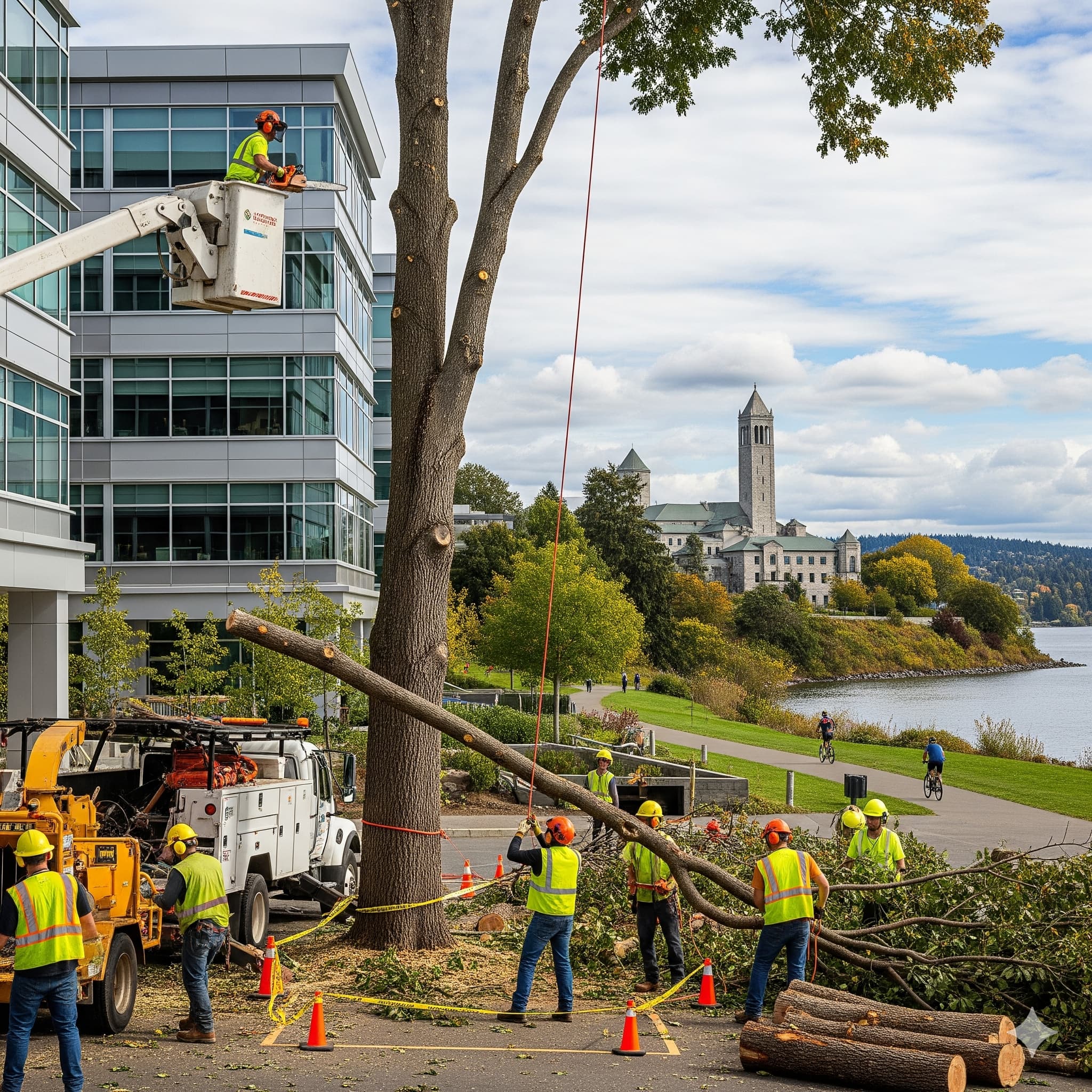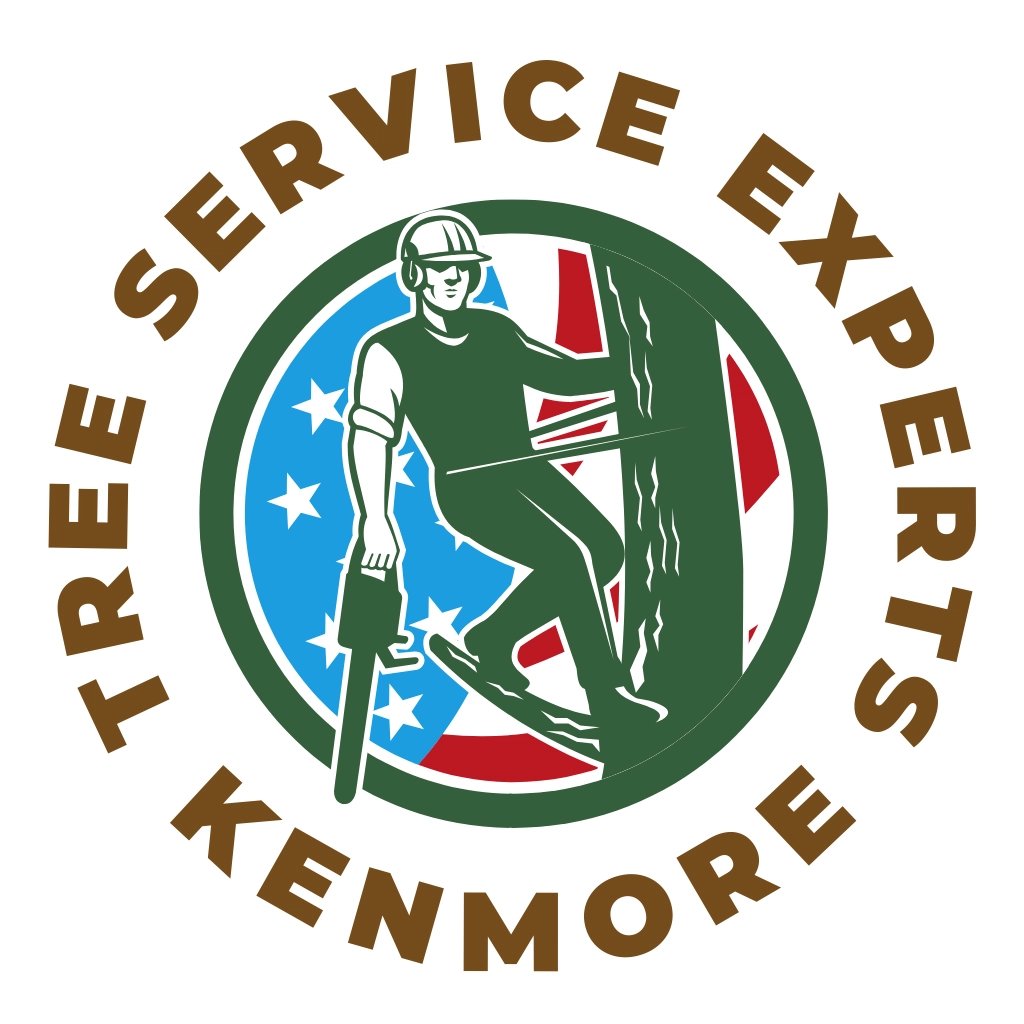
The Impact of Urban Development on Tree Health: A Kenmore Perspective
Construction activities near trees create challenges that many property owners don’t immediately recognize. When heavy equipment compacts soil around trees, it can severely restrict root growth and nutrient absorption. Even temporary storage of materials under tree canopies can damage essential root systems. In Kenmore’s development zones, we’ve observed how seemingly minor construction activities can impact tree health for years to come.

Changes in Water Flow Patterns
Urban development significantly alters natural water flow patterns, affecting trees that have thrived in established conditions for decades. New buildings, parking lots, and changed topography redirect water away from tree root systems. Some trees experience drought stress, while others face excessive water exposure. This disruption of natural hydrology requires careful management to maintain tree health in Kenmore’s evolving landscape.
Air Quality and Urban Heat Islands
The increase in paved surfaces and buildings creates urban heat islands, changing the microclimate around trees. Higher temperatures and reduced air quality can stress trees accustomed to Kenmore’s traditionally moderate climate. Trees near new developments may show signs of heat stress, including leaf scorch and premature leaf drop, requiring specialized care to adapt to these environmental changes.
Root System Adaptation
Preserving Trees During Development
Successful urban development doesn’t have to come at the expense of tree health. Implementing proper tree protection zones during construction, using permeable paving materials, and maintaining adequate soil volumes for root growth can help trees thrive alongside new development. Our experience in Kenmore shows that early planning and protection measures make a significant difference in tree survival rates.
The Role of Urban Planning
Smart urban planning plays a crucial role in maintaining healthy trees. Incorporating trees into development plans not only preserves existing specimens but also creates opportunities for new plantings that complement urban growth. Working with city planners and developers, we’ve seen successful examples of development that enhances rather than diminishes Kenmore’s urban forest.
Monitoring and Early Intervention
Regular monitoring becomes especially important for trees affected by urban development. Early signs of stress might include changes in leaf color, reduced growth, or unusual branch dieback. Professional assessment can identify these signs early, allowing for intervention before problems become severe.
Conclusion
Understanding and managing the impact of urban development on trees requires expertise, planning, and ongoing attention. At Tree Service Experts Kenmore, we specialize in helping trees thrive amid urban change. Our comprehensive approach includes pre-development tree assessment, protection during construction, and ongoing care as trees adapt to new conditions. We work closely with property owners, developers, and city planners to ensure that Kenmore’s urban forest remains healthy and vibrant as our city grows. Contact us to learn how we can help protect and preserve your trees during development projects or to assess trees affected by nearby construction. Together, we can maintain the perfect balance between urban progress and environmental preservation that makes Kenmore unique.



